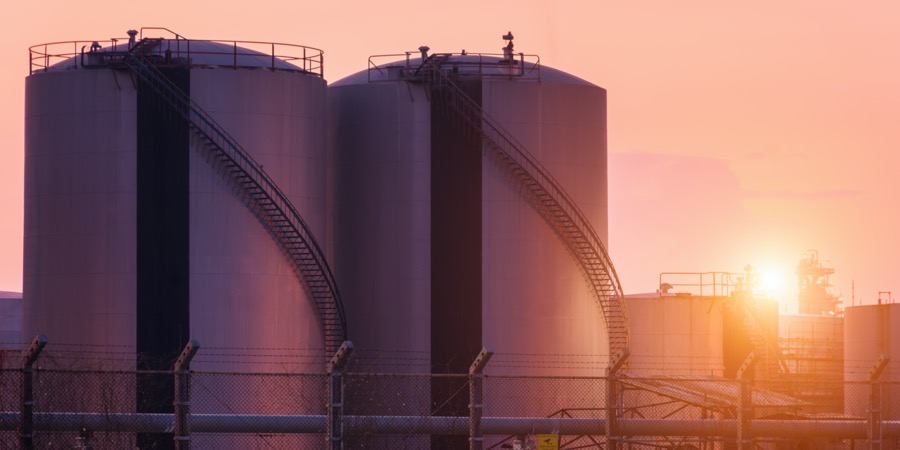Oil refining capacity fell for first time in 30 years in 2021, IEA reports
Refinery closures outweighed new capacity in 2021, leading to a drop in global capacity for the first time in 30 years, the International Energy Agency said in its latest monthly report.
Global capacity fell by 730,000 bpd last year as close to 1.6 million bpd was shut or converted into bio-refineries and only 850,000 bpd new capacity came online.
For 2022 the IEA forecasts 1.2 million bpd of new additions, while runs will rise by 3.7 million bpd to 81.2 million bpd.
However, the reduced capacity last year led to improved refining margins, which “reached multi-year highs in Singapore and Europe at the end of 2021,” it has been reported.
Last year thus ended “on a high note” for the global refining industry, the IEA said, as both runs and margins improved “amid continuously tight product markets” in the last quarter of the year.
Overall, 2021 gained 4.9 million bpd in terms of global refinery crude throughput to 80.2 million bpd.
The IEA revised upwards its November global refinery crude throughput estimates by almost 1 million bpd to 80.8 million bpd “on stronger-than-expected activity in China, India and Europe.” However, December runs are likely to ease by 500,000 bpd to 80.3 million bpd as refineries in China reduce their processing.
Although runs increased in the fourth quarter, the agency estimated an “implied draw” of 1.3 million bpd in refined products as the increase was from a “low base” in the third quarter.
However, new additions in 2022 and the subsequent increase of global runs could outpace the demand growth for refined products, “possibly leading to an unwinding of some of the refinery margin gains from late last year,” it said.
New capacity is already coming up in China, according to industry data. China’s privately held refining complex Shenghong Petrochemical is likely to start to feed crudes into its newly built 16 million mt/year crude distillation unit at the end of January. The refinery had initially planned to start up at the end of August.
Australia is now left with only two refineries after the closure of Altona and Kwinana, while New Zealand will see its only refinery Marsden Point convert into an import terminal from April.
In the Philippines, Tabanagao refinery was shut in 2020 and converted into a terminal.
Similarly in South Africa, Engen’s Durban refinery has been offline throughout 2021 to be converted into a terminal.
However, in 2022 another refinery in South Africa, Astron Energy’s Cape Town, is expected to restart.
Meanwhile, a number of refineries in North America, including Cheyenne, Rodeo, Martinez are converting into bio-refineries.
For more information visit www.iea.org
31st January 2022

















